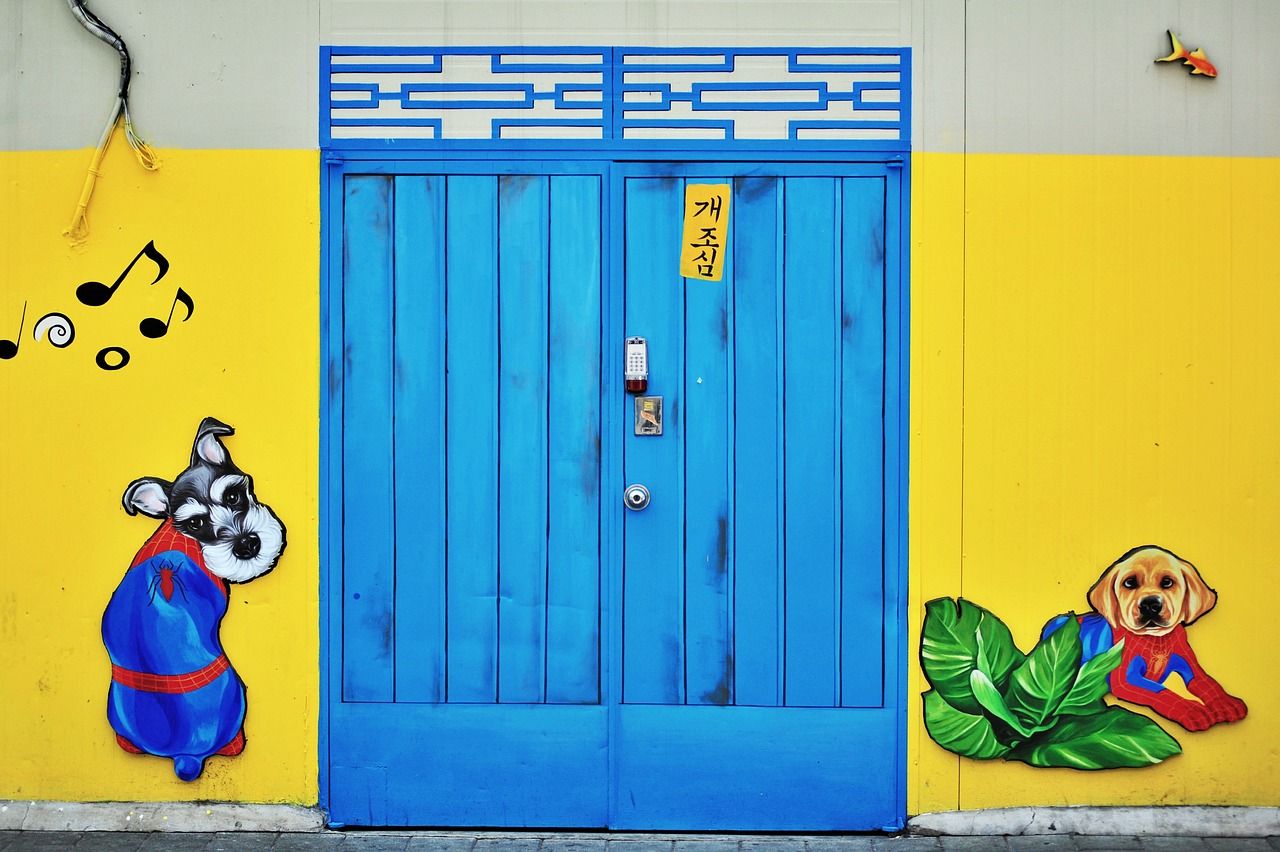


Introduction to Gwangju
Gwangju is South Korea’s sixth largest metropolis, located in the heart of Jeolla region known for its rich and diverse cuisine. It offers visitors an opportunity to explore historical sites such as traditional markets, temples, and museums that showcase local culture. With a wealth of attractions and points of interest, Gwangju is worth exploring due to its unique blend of modernity and tradition.
Key Attractions and Points of Interest
Gwangju offers visitors various activities in addition to natural wonders like mountain ranges surrounding the city. Two significant landmarks within Gwangju are:
1) Garden of Morning (Seoul): Located atop Mount Seooll, Garden of Morning is a symbolic representation of Korean architecture and culture. The garden’s beauty offers visitors an opportunity to appreciate nature while admiring traditional Korean gardens. Visitors can expect serene walks through the park with stunning views overlooking Gwangju cityscape below.
2) Gwangju Museum: A modern art museum located in downtown Gwangju, Gwangju Museum houses contemporary artwork from artists around South Korea. Exhibits are updated regularly to feature new works that showcase Korean culture and history through artistic expression. Visitors can expect a diverse array of exhibitions featuring paintings, sculptures, installations, etc., reflecting the city’s vibrant cultural scene.
Cultural and Historical Context
Gwangju is rich in historical significance due to its roots dating back centuries ago when traditional markets thrived alongside temples dedicated to Buddha. Local culture adds depth by celebrating festivals honoring Korean heritage through food, music, dance, etc., reflecting ancient customs passed down generations. Visitors can appreciate this history while exploring Gwangju’s various attractions that highlight Korean traditions and values.
Practical Information for Visitors
When visiting Gwangju, considerations like weather/seasons should be taken into account when planning travel arrangements since South Korea experiences four seasons – spring (April-June), summer (July-August), autumn (September-October) winter (November). Local customs such as etiquette during mealtime may differ from Western norms, including bowing before eating and using chopsticks rather than hands for picking up food. Navigating Gwangju cityscape is straightforward due to its pedestrian-friendly streets with clear signage guiding visitors towards attractions.
Why Gwangju is Worth a Visit
Gwangju offers an unparalleled opportunity for travelers seeking diverse experiences blending modernity and tradition – whether it’s through exploring contemporary art museums or enjoying Korean cuisine at traditional markets. Its historical significance adds depth by celebrating festivals honoring ancient customs passed down generations, reflected in Gwangju’s cultural attractions like temples dedicated to Buddha. With stunning views overlooking Mount Seooll and cityscape below, Gwangju is worth exploring due to its unique blend of Korean architecture, culture, history, cuisine, etc., that showcase local traditions while offering visitors serene walks through nature or vibrant art exhibits in downtown areas.
Source: Gwangju Wikipedia
🇰🇷 한국어 보기 (View in Korean)
Gwangju 소개
광주는 한국에서 6 번째로 큰 대도시로, 풍부하고 다양한 요리로 유명한 여야 지역의 중심부에 위치하고 있습니다. 방문객들은 현지 문화를 보여주는 전통적인 시장, 사원 및 박물관과 같은 역사적 유적지를 탐색 할 수있는 기회를 제공합니다. 광주는 풍부한 매력과 관심 지점으로 현대성과 전통의 독특한 조화로 인해 탐구 할 가치가 있습니다.
주요 명소 및 관심 지점
광주는 도시를 둘러싼 산맥과 같은 자연스러운 불가사의 외에도 다양한 활동을 제공합니다. 광주 내에서 두 가지 중요한 랜드 마크는 다음과 같습니다.
1) 아침의 정원 (서울) :Seooll 산에 위치한 Morning의 Garden은 한국 건축과 문화의 상징적 표현입니다. 정원의 아름다움은 방문객들에게 한국 전통 정원에 감탄하면서 자연을 감상 할 수있는 기회를 제공합니다. 방문객들은 Serene이 Gwangju Cityscape가 내려다 보이는 멋진 전망으로 공원을 걸을 것으로 예상 할 수 있습니다.
2) Gwangju Museum : Gwangju 시내에 위치한 현대 미술관, 광주 박물관은 한국 전역의 예술가들의 현대 예술 작품을 수용합니다. 전시회는 정기적으로 업데이트되어 예술적 표현을 통해 한국 문화와 역사를 보여주는 새로운 작품을 선보입니다. 방문객들은 도시의 활기찬 문화적 장면을 반영하는 그림, 조각품, 설치 등이있는 다양한 전시회를 기대할 수 있습니다.
문화 및 역사적 맥락
광주는 몇 세기 전에 뿌리가 부처에게 헌정 된 사원들과 함께 번성했을 때 뿌리로 인해 역사적으로 의미가 풍부합니다. 현지 문화는 음식, 음악, 무용 등을 통해 한국 문화 유산을 기리는 축제를 축하함으로써 깊이를 더합니다. 방문객들은 한국의 전통과 가치를 강조하는 경후의 다양한 명소를 탐구 하면서이 역사를 이해할 수 있습니다.
방문자를위한 실용 정보
광주를 방문 할 때 한국이 사계절 (4 월에서 6 월), 여름 (7 월 8 월), 가을 (9 월 -10 월) 겨울 (11 월)을 경험 한 이후 여행 준비를 계획 할 때 날씨/계절과 같은 고려 사항을 고려해야합니다. 식사 시간 동안 에티켓과 같은 지역 관습은 음식을 먹기 위해 손보다는 젓가락을 먹고 젓가락을 사용하는 등 서양 규범과 다를 수 있습니다. 광주 시티 스케이프를 탐색하는 것은 보행자 친화적 인 거리로 인해 간단합니다.
왜 Gwangju가 방문 할 가치가 있는가
광주는 현대 미술 박물관을 탐험하거나 전통 시장에서 한국 요리를 즐기는 것인지 여부에 관계없이 현대성과 전통을 혼합하는 다양한 경험을 추구하는 여행자들에게 비교할 수없는 기회를 제공합니다. 그것의 역사적 중요성은 부처에게 헌정 된 성전과 같은 왕주의 문화적 명소에 반영된 고대 관습을 기리는 축제를 축하함으로써 깊이를 더합니다. Gwangju는 아래의 Seooll 산과 도시가 내려다 보이는 멋진 전망으로 한국 건축, 문화, 역사, 요리 등의 독특한 조화로 인해 현지 전통을 보여 주면서 방문객들이 시내 지역의 자연 또는 활기찬 예술 전시회를 제공합니다.

답글 남기기